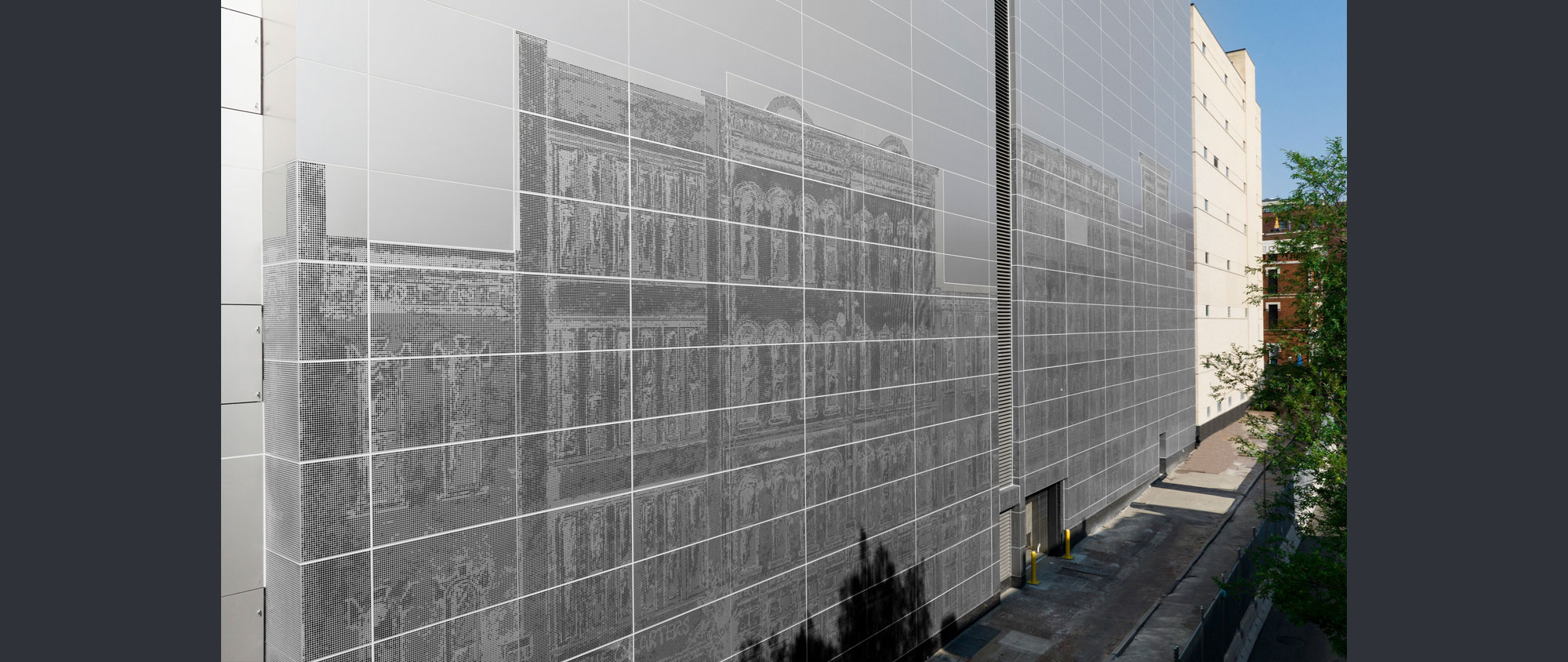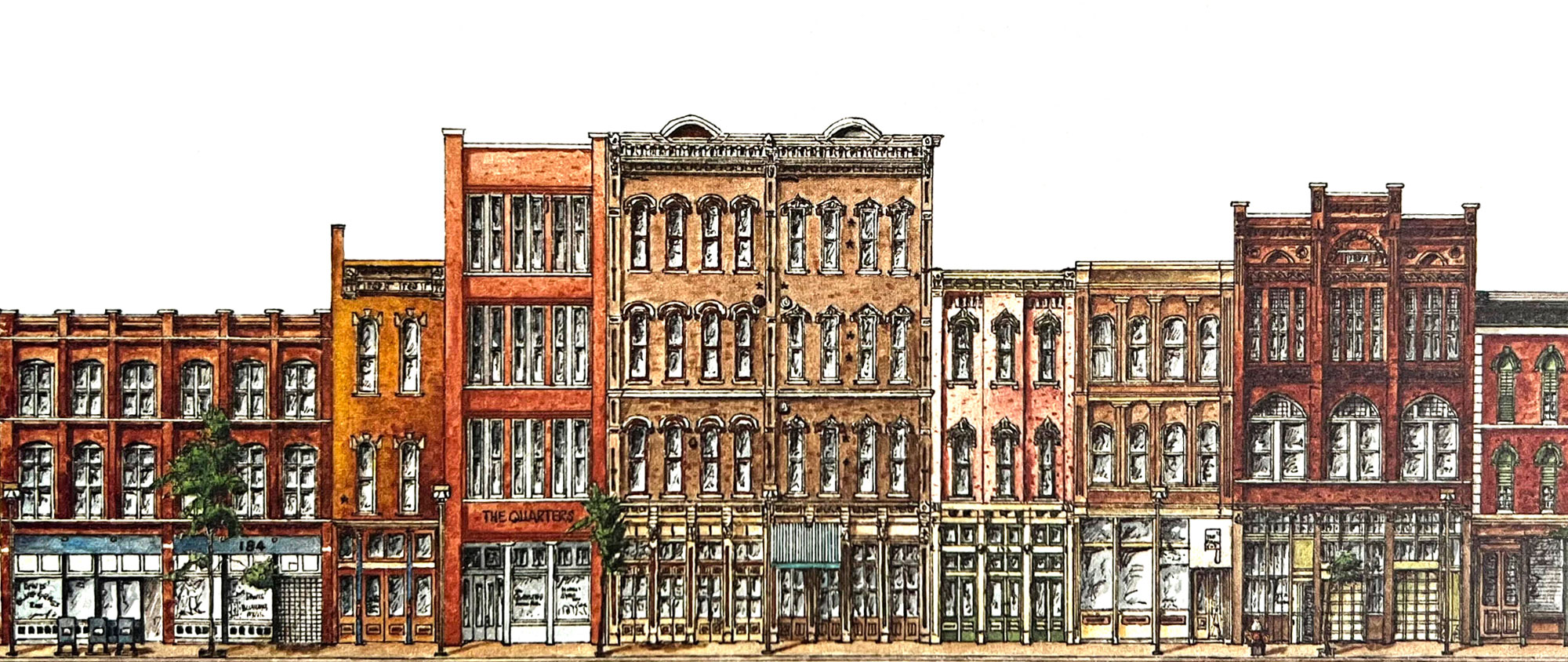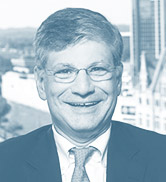As part of ongoing plans for the revitalization of Second Avenue and reconstruction of buildings damaged by the 2020 Christmas Day bombing, Mayor John Cooper launched a task force to provide recommendations for setting a new vision for the three blocks of this historic avenue. The vision was to create a vibrant district for Nashville families and tourists, utilizing today’s streetscape best practices and retaining and restoring the historic buildings.
Previously known as Market Street, Second Avenue is one of the most beloved streets in Nashville. With a history dating back to the very beginning of the city, and outstanding Victorian buildings dating to the mid-19th century, it was also a key site where historic preservation started in earnest for Nashville.
As the first step to revitalize Second Avenue, the task force and an Urban Land Institute (ULI) advisory panel provided recommendations, and hundreds of stakeholders and citizens provided input into the goals and criteria for a “new” Second Avenue. Mayor Cooper reached out to three senior architects, Ron Lustig (ESa), Cyril Stewart (Cyril Stewart, LLC), and Kem Hinton (Kem Hinton Design), to create a concept to bring this section of the street to life. The three developed several concepts. The vision was to create a vibrant district for Nashville families and tourists.
Early sketches indicate the emerging concept: In lieu of repairing the dark telecommunications building, it would be reclad with sleek metal panels with a silver-gray tone. Rather than a dark, imposing mass filling much of the block, this clean, crisp structure would have a closer relationship with the newer structures in the city. To activate pedestrian interest and activity this side of the street would require the installation of new street trees, new wider sidewalks, improved illumination, and vendor kiosks for citizens and tourists.
The west side of the most damaged block had one significant hurdle. A parking garage and telecommunications facility commanded the street frontage, without having any openings, shops or activity to create a space for people. The challenge was how to create a pedestrian friendly environment at the base of the tall structure with no windows or other openings and no activity at the street level.
The mid-20th century structure was a stark contrast to the nineteenth century Victorians across the street. It was clear to all that there was a lost history of buildings on the west side. To recall that history, a concept arose to create a “ghost image” on the lower three levels (corresponding to the Victorians across the street). To create the ghost image a half-tone process was used. The image will extend three stories high and over 250’ long. Local artist and leader, Phil Ponder, had previously painted the Victorian facades. This piece of art was digitized and converted to a full-size half-tone image on the new façade, as a part of his personal celebration of the historic district. This installation showcases the power of design. Creating a unique and compelling piece of art that has passersby reflecting on what was, is, and can be.
The recladding project is nearing completion.
Photos: © Gabe Ford Photography, Watercolor illustration: © Phil Ponder







